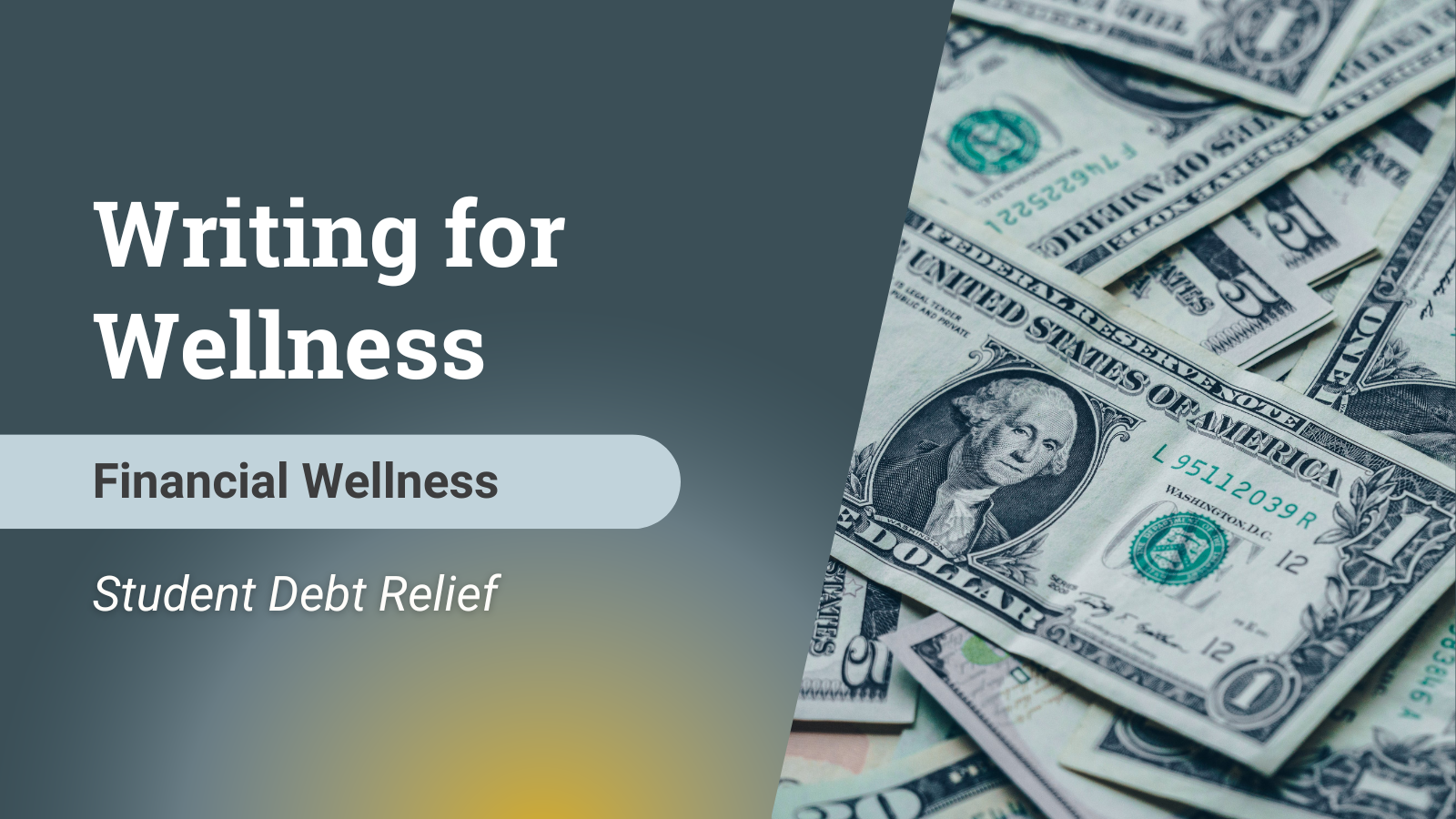I was 19 when I took out my first student loan for $721; it was my first semester of college. I paid this loan in full shortly after. I remember being so nervous about the loan, having a vague sense that I was signing away my firstborn. Unfortunately, that foreboding wore off once signing for loans became a familiar process. The following semester, I signed for a $7,000 loan to be distributed partially in the fall and the remainder in the spring.
Growing up, I felt we didn’t have much money and that my parents were often worried about it. However, I think my family did have enough money, but rather than developing healthy money relationships through budgeting and investments, my parents lived with a “Jesus take the wheel” approach.
In my young adult life, I took a similar attitude to my money management. The combination of blind faith and the ease of obtaining student loans set me up for catastrophe. Today, I am embarrassed to say I have 18 student loans, each ranging in original value from $1,000 to $10,000, with assorted interest rates ranging from (4% to 6.8%), and three different types (Perkins, subsidized, and unsubsidized).
Over the past decade, I have paid $11,745 on my student loans, but I have accrued $13,849 interest, meaning I am in no better place than I was 10 years ago. My embarrassment causes me to feel overwhelmed and avoidant, but I know that this simply allows the problem to fester and snowball. I am finally at a place where I feel I can look at myself and acknowledge that I made mistakes.
I get a little frustrated when I think about how institutions set young people up by normalizing going into debt for higher education. Not to mention the amount of debt made available to young people. At 19, I was too young to rent a car, but I was allowed to sign a loan for $7,000. Moreover, each semester I was prequalified for higher amounts. The argument is that I was older and could make a responsible, informed decision. Unfortunately, I was already desensitized to the risks, and by the time I was 24, a $10,000 unsubsidized loan seemed modest when I could take out $20,000. I was confident I’d be in a place to pay it all off somewhere down the road.
Well, now I am down that road, and the debt looms. For the past decade I’ve managed to defer repayment while attending graduate school, but graduation is around the corner. Although I look forward to having my degree, I’ve feared the impact of a monthly bill the size of a mortgage. Thus, Federal Student Loan Debt Relief is coming at a much-needed time in my life.
I appreciate the discontent from those who think debt relief is unfair. Student debt relief is unfair to those who already paid their loans, those who went to college and struggled financially without loans, and those who skipped higher education because of the expense. I hope for wealth, health, and opportunity to come to them.
However, I cannot deny that I am excited about student debt relief. It feels like I have a chance to catch up with the debt. The thought inspires me to be more aggressive with my payback, so I can be free to make other choices with my money, whether growing my family, buying a house, or investing.


